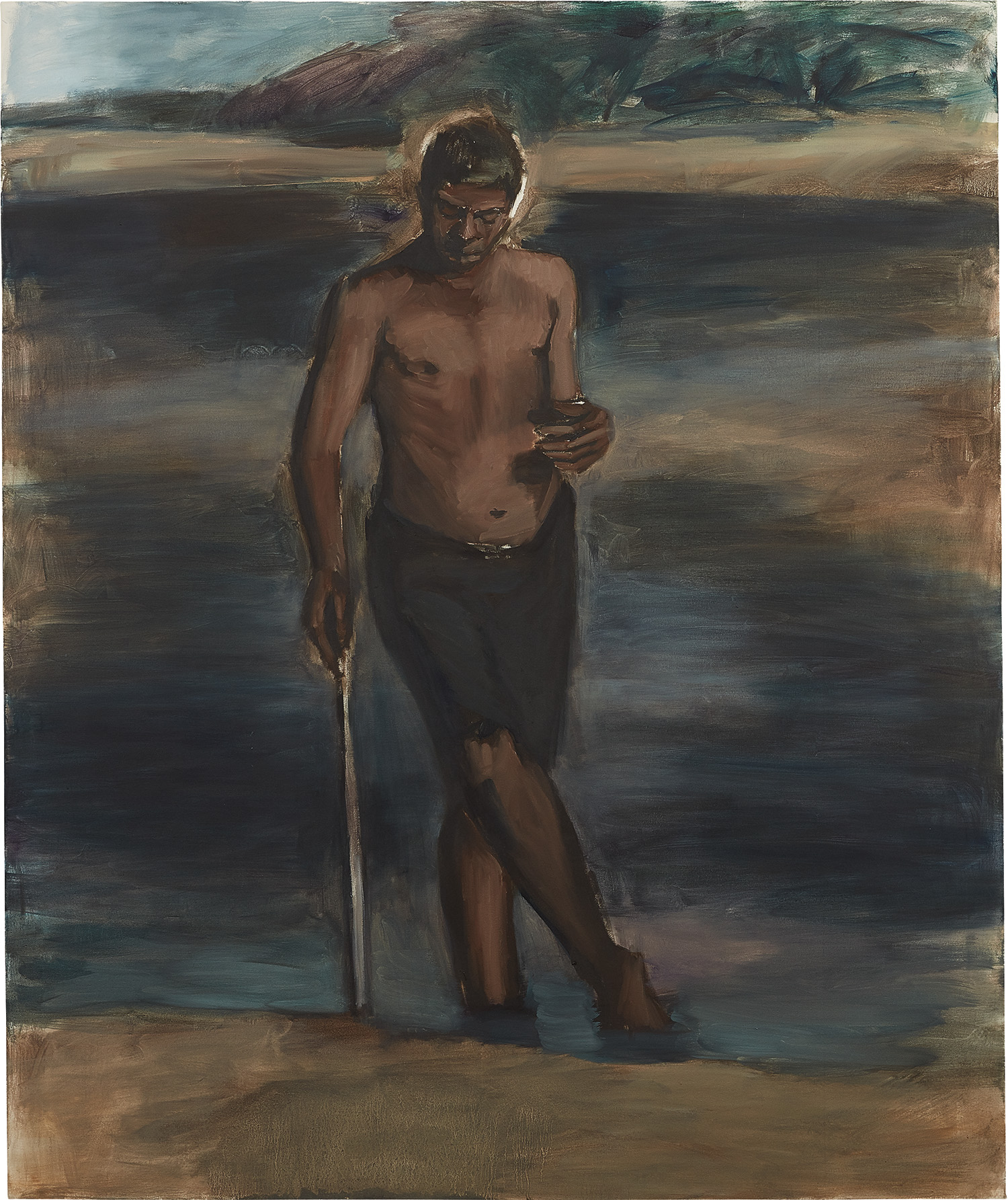

29
Lynette Yiadom-Boakye
Luminary
Further Details
Full-Cataloguing
Lynette Yiadom-Boakye
British | 1977Lynette Yiadom-Boakye is a British painter who is a leader in the contemporary renaissance of portraiture. Her subjects are typically depicted with loose brushwork, floating against muted, ambiguous backgrounds that contribute to a sense of timelessness. Known for the speed of her work, she often completes a canvas in a single day and considers the physical properties of paint to be at the core of her practice.
Yiadom-Boakye was born to Ghanaian parents in London, where she continues to live and work today. In 2013, she was a finalist for the Turner Prize and she was selected for participation in the 55th Venice Biennale. In 2018, the artist won the Carnegie Prize for painting. Her work can be found in the permanent collections at the Victoria & Albert Museum, the Studio Museum and the San Francisco Museum of Modern Art, among many others.